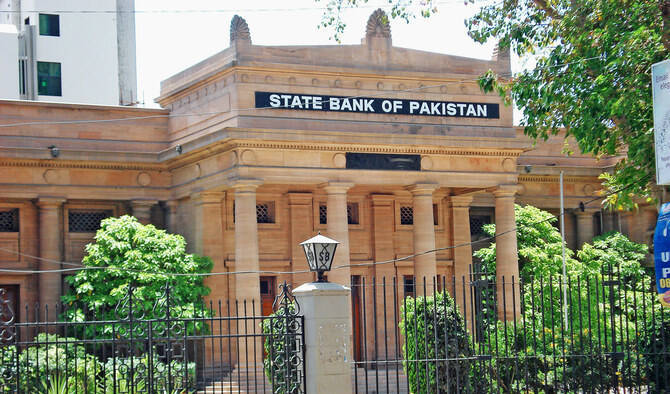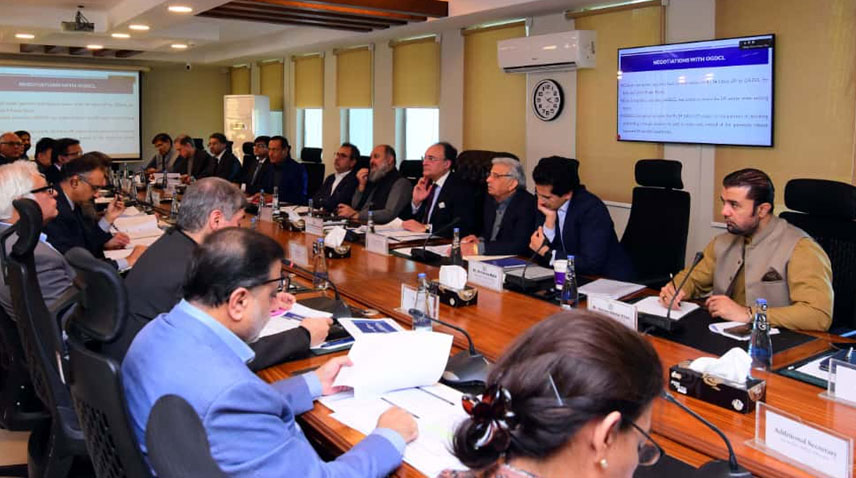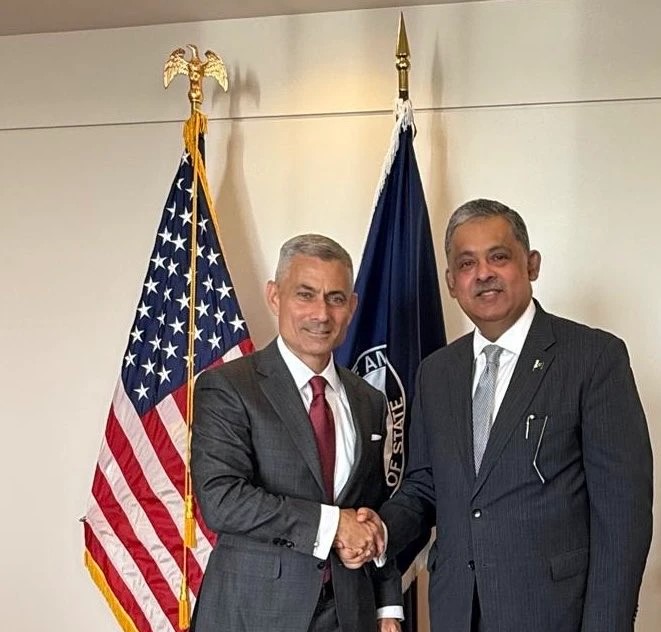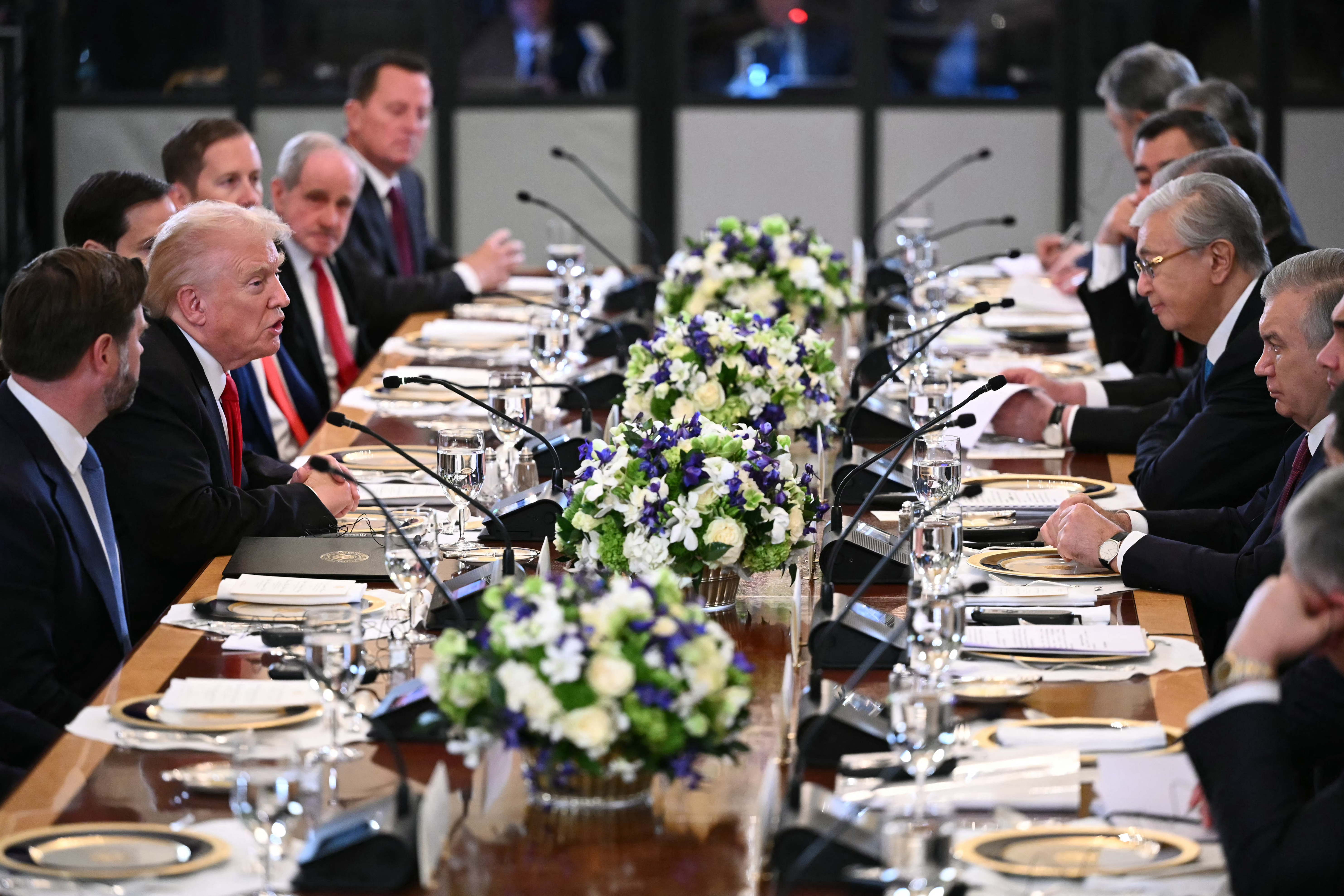ISLAMABAD: Pakistan’s import spending surged in September 2025, led by energy, food, and industrial goods, according to data from the Pakistan Bureau of Statistics. The figures highlight the country’s growing dependence on imported fuel and essential commodities as domestic output struggles to keep pace with demand.
The trade deficit in October widened 56% year on year to $3.2 billion, according to data from the Pakistan Bureau of Statistics released Tuesday.
Although the monthly deficit was 4% lower than September’s, cumulative figures for July to October of the current fiscal year show a 38% increase, reaching $12.58 billion compared to $9.12 billion in the same period last year. Economists link the widening gap to surging imports and weakening exports.
Exports for the first four months of the fiscal year fell 4% year-on-year to $10.45 billion, while imports rose 15% to $23.03 billion. October exports increased slightly over September, but imports crossed $6 billion for the first time in nearly three years, underscoring strong domestic demand amid global price volatility.
What are we importing?
According to the Pakistan Bureau of Statistics, the following figures represent the country’s major import payments for September 2025.
Energy Group
Energy remained the largest contributor to import spending, with petroleum crude valued at $1.43 billion, refined petroleum products at $1.39 billion, and liquefied natural gas (LNG) at $715.8 million.
Food Group
Food imports, driven by rising demand and limited domestic output, totaled nearly $1 billion for palm oil alone. Other major food items included tea, dry fruits, and various other commodities.
Machinery Group
Machinery imports reached $779.9 million for electrical equipment and $666 million for telecommunications gear, reflecting ongoing industrial and digital expansion.
Transport Group
Vehicle imports, including both built units and CKD/SKD kits, totaled $964 million, indicating strong consumer demand and continued activity in the automotive sector.
Industrial Raw Materials Group
Industrial raw materials, such as plastics and iron and steel, accounted for $746.3 million and $689.1 million, respectively, supporting the manufacturing, construction, and packaging industries.
Dr Farrukh Saleem, a Pakistani economist and analyst, told Pakistan TV Digital that the balance of payments “includes exports, imports, and remittances.” He said an increase in imports does not necessarily weaken the rupee “if the balance of payments breaks even.”
He further added that higher imports alone won’t devalue the rupee if exports and remittances can offset the dollar outflows.
Speaking to






